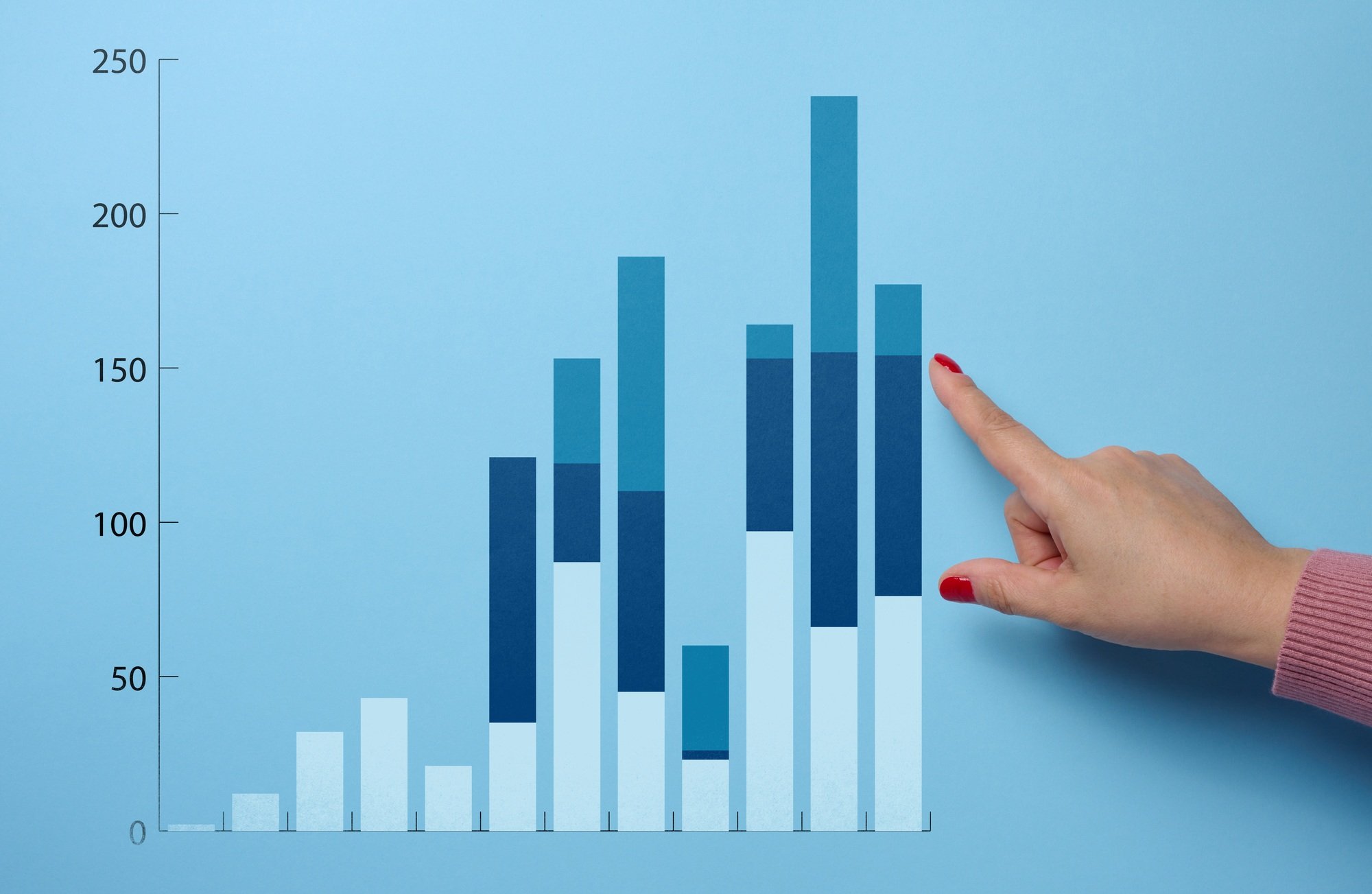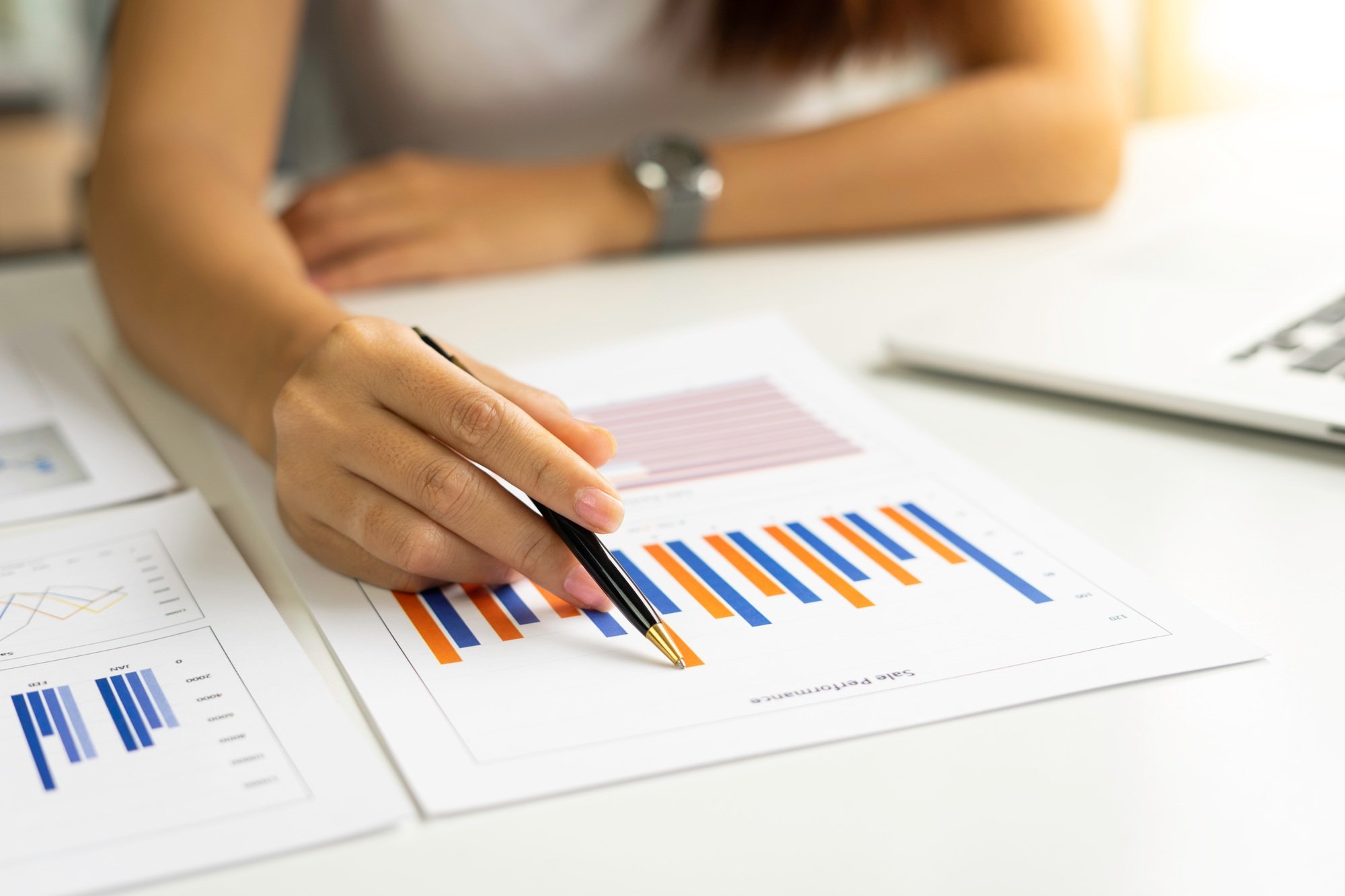Key Takeaways

- Understanding Profit Margin: Bar profit margin reflects the percentage of revenue exceeding the cost of goods sold (COGS). Knowing how to calculate it is vital for financial management.
- Track Profitability: Regularly monitoring profit margins helps identify profitable menu items, manage pricing decisions, and optimize inventory, contributing to long-term growth.
- Influential Factors: Key elements affecting profit margin include COGS and pricing strategy, which can vary significantly based on bar type and target market.
- Calculation Basics: The profit margin can be calculated with the formula: ([(text{Revenue} – text{COGS})/text{Revenue}] times 100), providing a clear picture of financial performance.
- Enhance Profit Margins: Strategies like menu optimization and effective inventory management can significantly improve profit margins, leading to better financial health and operational efficiency.
Running a bar can be both exciting and challenging, especially when it comes to managing finances. Understanding your bar profit margin is crucial for ensuring your establishment thrives in a competitive market. This key metric not only reflects your profitability but also helps you make informed decisions about pricing, inventory, and overall strategy.
You might be wondering how to calculate this vital figure and what factors influence it. By diving into the nuances of bar profit margins, you’ll gain insights that can enhance your operations and boost your bottom line. Whether you’re a seasoned owner or just starting out, grasping these concepts will empower you to maximize your profits and create a successful bar experience for your patrons.
Understanding Bar Profit Margin

Understanding bar profit margin is crucial for successful financial management in your bar. This metric directly influences your profitability and guides decisions related to pricing, inventory, and overall strategy.
Definition of Bar Profit Margin
Bar profit margin is defined as the percentage of revenue that exceeds the cost of goods sold (COGS). You calculate it using this formula:
[ text{Profit Margin} = left( frac{text{Revenue} – text{COGS}}{text{Revenue}} right) times 100 ]
A higher profit margin indicates greater efficiency in controlling costs and maximizing earnings.
Importance of Tracking Profit Margin
Tracking your bar profit margin impacts your financial health. It helps you identify profitable menu items and make informed pricing decisions. Regular monitoring allows for effective inventory management, reducing waste and minimizing costs. By understanding profit margins, you enhance strategic planning for promotions and adjustments, ultimately contributing to your bar’s growth and sustainability in a competitive market.
Factors Influencing Bar Profit Margin

Bar profit margins vary based on several factors, influencing your financial decisions as a small business owner. Recognizing these elements enables better management of costs and pricing.
Cost of Goods Sold (COGS)
COGS plays a critical role in determining your bar’s profit margin. On average, bars allocate 20-30% of their revenue to alcohol costs. A lower COGS means a higher profit potential, so minimizing these expenses can significantly enhance your margins. Regularly reviewing supplier pricing and inventory management can help control these costs more effectively.
Pricing Strategy
Your pricing strategy impacts profit margins directly. Upscale bars may charge more for high-end cocktails, achieving margins exceeding 20%. In contrast, dive bars typically maintain lower price points, resulting in margins around 5-10%. A well-planned pricing strategy, considering your location and target market, optimizes revenue while aligning with your business model. By evaluating competitors’ pricing and adjusting your offers, you can maximize your bar’s profitability.
Calculating Bar Profit Margin

Understanding how to calculate your bar’s profit margin is essential for managing finance effectively. A precise calculation helps you make informed decisions on pricing, inventory, and overall strategy.
Formula for Profit Margin Calculation
To calculate your profit margin, use the following formula:
[
text{Profit Margin} = left( frac{text{Revenue} – text{COGS}}{text{Revenue}} right) times 100
]
In this formula, revenue represents the total sales, while COGS includes costs directly linked to the products you sell, such as liquor and other supplies. This calculation gives you a percentage that indicates how much of your sales revenue exceeds the costs.
Example of Profit Margin Calculation
Consider a bar that generates $100,000 in revenue and incurs $25,000 in COGS. Here’s how this example would look:
- Calculate the profit:
[
text{Profit} = text{Revenue} – text{COGS} = 100,000 – 25,000 = 75,000
]
- Calculate the profit margin:
[
text{Profit Margin} = left( frac{75,000}{100,000} right) times 100 = 75%
]
In this case, the profit margin is 75%, indicating that you retain a substantial amount of each dollar earned after covering the costs of goods sold. Understanding these calculations equips small business owners with the knowledge needed to optimize operations and increase profitability.
Improving Bar Profit Margin

Improving your bar’s profit margin involves implementing strategies that enhance both menu optimization and inventory management. These efforts directly impact your bar’s financial health and can lead to significant increases in revenue.
Menu Optimization
Menu optimization enhances your bar’s profitability by strategically managing pricing and showcasing high-margin items. Use food cost management software to calculate the true cost of each dish, allowing you to set prices that reflect ingredient costs and market demand. Dynamic pricing also plays a role; consider raising prices during peak hours while offering discounts during slower times. Identify high-margin items within your menu and promote them prominently using visual cues such as bold fonts or icons. This approach attracts customer attention and can increase the average check size, ultimately boosting your bar’s profit margin.
Inventory Management
Effective inventory management is essential for maintaining a healthy profit margin. Monitor your stock levels consistently to reduce waste and avoid over-ordering. Implement inventory tracking systems that provide real-time insight into stock levels and usage patterns. Such systems help you make informed purchasing decisions, minimize COGS, and ensure that popular items are always available. Regularly evaluate supplier contracts to negotiate better prices, which can further enhance your profit margin. By managing your inventory efficiently, you improve financial outcomes and strengthen your bar’s position in the market.
Conclusion

Understanding bar profit margins is essential for your success in the bar industry. By closely monitoring this key metric you can make informed decisions that enhance profitability and streamline operations. Whether you’re adjusting pricing strategies or optimizing your menu items focusing on profit margins will empower you to maximize your earnings.
Implementing effective inventory management practices and regularly evaluating your costs will further support your financial health. As you navigate the competitive landscape of the bar business keep these insights in mind to foster growth and sustainability. Your ability to adapt and refine your approach to profit margins can ultimately set you apart from the competition.
Frequently Asked Questions

What is a bar profit margin?
Bar profit margin is the percentage of revenue that exceeds the cost of goods sold (COGS). It indicates how efficiently a bar controls costs and maximizes earnings. The profit margin is calculated using the formula:
[ text{Profit Margin} = left( frac{text{Revenue} – text{COGS}}{text{Revenue}} right) times 100 ]
Why is tracking profit margins important for bars?
Tracking profit margins is essential for financial health. It helps bar owners identify profitable menu items, make informed pricing decisions, and manage inventory effectively. Regular monitoring allows for strategic planning regarding promotions and adjustments, ultimately supporting long-term growth.
How can bar owners improve profit margins?
Bar owners can improve profit margins through menu optimization, promoting high-margin items, and effective inventory management. Strategies like dynamic pricing, reducing waste, and monitoring stock levels further enhance profitability, allowing for informed purchasing decisions.
What factors influence bar profit margins?
Several factors influence bar profit margins, including the cost of goods sold (COGS) and pricing strategy. Bars often allocate 20-30% of their revenue to alcohol costs. By managing these expenses and aligning pricing with market demand, bar owners can optimize profit margins.
How do you calculate bar profit margin?
To calculate the bar profit margin, use the formula:
[ text{Profit Margin} = left( frac{text{Revenue} – text{COGS}}{text{Revenue}} right) times 100 ]
For example, a bar with $100,000 in revenue and $25,000 in COGS would have a profit margin of 75%.
What is the average profit margin for bars?
The average profit margin for bars varies. Upscale bars may achieve margins exceeding 20%, while dive bars typically see margins around 5-10%. Understanding market positioning and competitor pricing can help bar owners optimize their profit margins.
How does inventory management affect profit margins?
Effective inventory management is crucial for maintaining a healthy profit margin. Consistent monitoring of stock levels reduces waste and avoids over-ordering, ensuring that popular items are always available. Implementing tracking systems also aids in making informed purchasing decisions.
What role does pricing strategy play in profit margins?
Pricing strategy significantly impacts profit margins. Bars that set higher prices can achieve better margins, while others may need to compete on price. Understanding customer preferences and evaluating competitors can help bar owners set optimal prices and enhance profitability.
Image Via Envato



